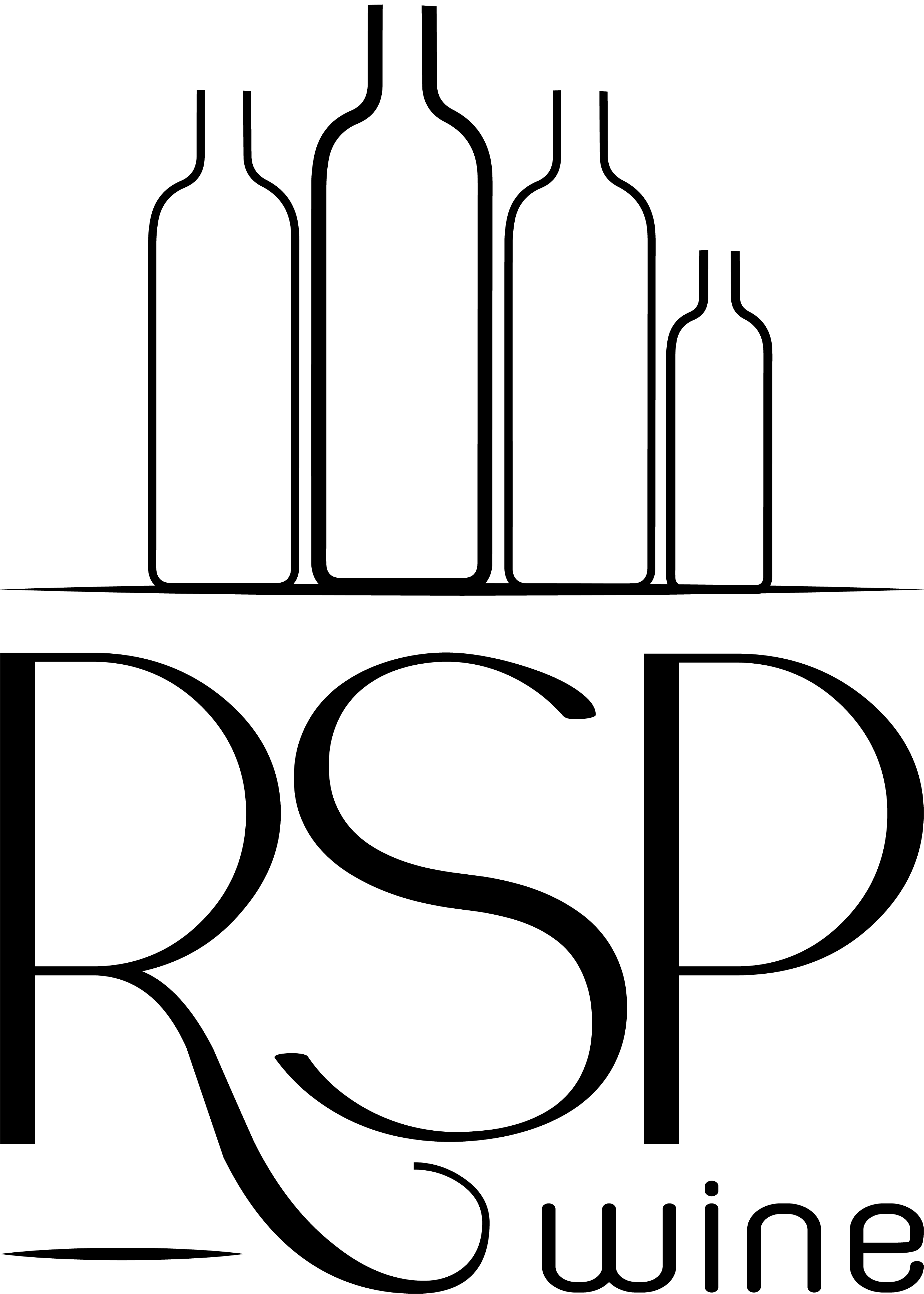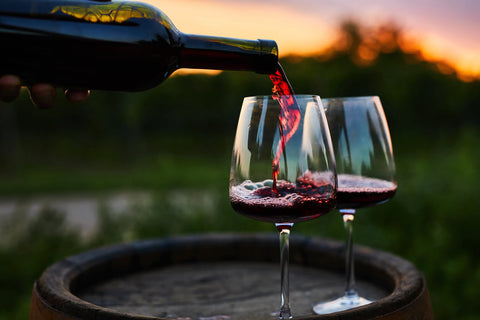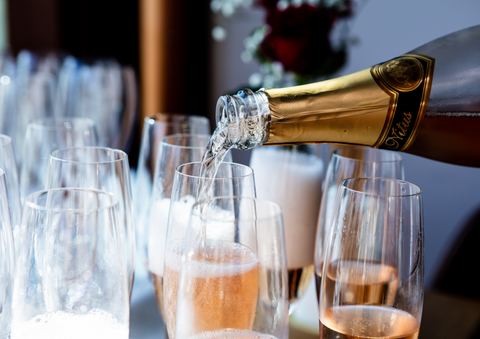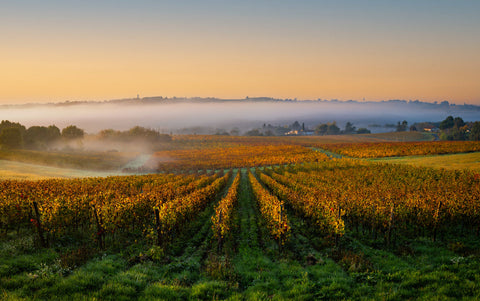HOW TO BUILD YOUR OWN WINE CELLAR?
WHY, LOCATION, CHOICE OF CELLAR...
If you're a passionate wine lover, you've probably dreamed of building your own wine cellar. However, creating a wine cellar can seem intimidating, especially if you are new to the field. Don't worry, we're here to help!
In this article, we'll guide you through the essential steps to starting your own wine cellar. Whether you have a small collection or are considering investing in prestigious vintages, this article will help you get started on the right foot!
WHY START YOUR OWN WINE CELLAR?
Firstly, because you want it and it makes you happy. Starting your own wine cellar can have many advantages for wine lovers. This makes it possible to control the quality and diversity of the wines while benefiting from the optimal maturation of the bottles. Having your own wine cellar also saves money in the long term. Indeed, by purchasing wines at an early stage and storing them in your personal cellar, you can benefit from advantageous prices. You also avoid possible price increases on sought-after wines and have the opportunity to build up a valuable collection which could increase in value over time depending on the appellations you choose.
You will always be ready for special occasions , dinners, receptions…etc. Finally, this will allow you to deepen your knowledge and your passion for wine, it is a rewarding experience therefore offering a more varied and supervised tasting.

Ask yourself the right questions: What is your budget? How big will your collection be? Do you want to store a few bottles for occasional consumption or build a larger wine cellar? What type of wine do you prefer? Red, white, champagne?
Knowing your personal taste will help you choose the right wines to stock.
FIND THE RIGHT LOCATION FOR YOUR WINE CELLAR
Once you know why you're starting your own wine cellar and you've asked yourself the right questions, it's time to find the perfect location for it. Here's what you need to consider:
Temperature and humidity: Wines require stable storage conditions, with an ideal temperature of 12°C to 16°C as well as humidity of around 70%. So look for a cool, dark place in your home or consider investing in a prefab wine cellar or specialized air conditioning system.
Stability: Avoid locations prone to vibration, such as near a washing machine or frequently used front door. Vibrations can alter the taste of wine over time.
Storage space: Make sure you have enough space for your bottles Pre-fabricated wine cellars, wine cabinets or even a specially designed room may be suitable depending on your needs and budget.
WHAT TYPE OF WINE CELLAR TO CHOOSE?

The prefabricated wine cellar :
This is a practical and affordable solution for those with limited space. Prefabricated wine cellars are generally compact, offer temperature control and are easy to install.
Their capacity varies, ranging from a few dozen to several hundred bottles depending on your needs and your budget.

Wine cabinet :
A wine cabinet is a good, elegant and practical compromise that allows you to store and showcase your collection. They offer precise control of temperature, humidity and lighting. Wine cabinets can be built-in and freestanding.
Their capacity varies from a few dozen to several hundred bottles depending on your needs and your budget.

Custom wine cellar :
If you have a dedicated space and a larger budget, you can opt for a custom wine cellar. It is designed specifically according to your needs and can integrate personalized features such as adjustable shelves, a surveillance system or even a large storage capacity.
The prices of a custom wine cellar can vary considerably depending on the size, materials and even functionalities.
CHOOSING THE RIGHT BOTTLES FOR YOUR WINE CELLAR
After going through all the steps, one of the most exciting parts of building a wine cellar is choosing bottles. Here are some tips to guide you:
- Read our article “ Wines for aging ”
- Explore different grape varieties by purchasing a variety of red, white and even champagne wines to broaden your horizons and satisfy different tastes.
- Learn about wine regions and explore wines from a region that interests you.
- Keep a balance between young wines and wines for aging because young wines can be tasted quickly unlike wines for aging which require maturation in the bottle. Mix the two together to have short and long term options.





Comments (0)
There are no comments for this article. Be the first one to leave a message!